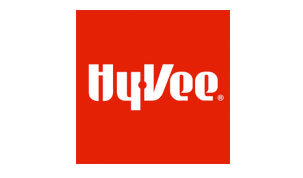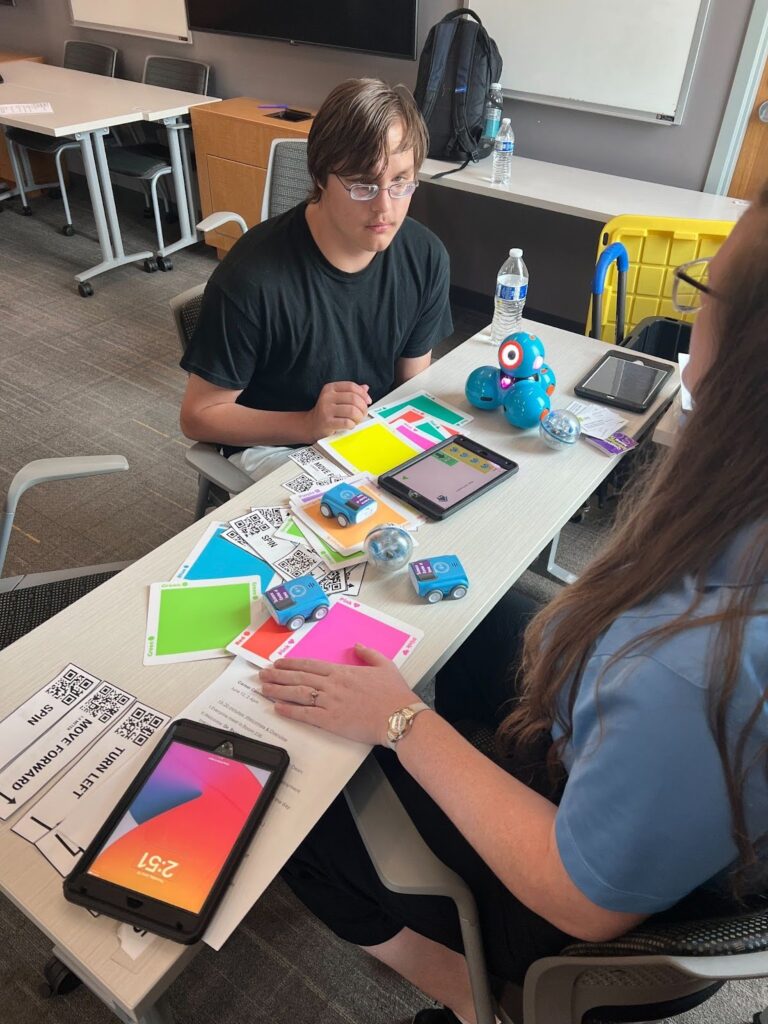Technical difficulties

Technology job opportunities are being built, but are the workers coming?
Leann Jacobsen doesn’t think so. As president of the Technology Association of Iowa (TAI), which represents large and small businesses around the state, Jacobsen sees plenty of “high-wage, exciting” tech jobs. But TAI members of all sizes tell her that they are having trouble finding qualified workers in jobs ranging from software engineers to information technology architects to developers to project managers, occupations that in many cases require a four-year degree and pay salaries of $60,000 to $80,000 per year.
“There is a tremendous shortage. I have heard member companies state that they have never experienced it like today,” Jacobsen said. “It is everywhere, going on across all sectors. We don’t have the students graduating that we will need. … We very simply need more innovators.”
The numbers aren’t black and white and the evidence is often anecdotal. In a 2011 survey of 68 executives representing more than 13,200 technology workers, 66 percent said they have trouble hiring locally for qualified employees. And that number likely is skewed lower by recession conditions, Jacobsen said. In a 2007 survey, 86 percent of businesses said they had trouble, and Jacobsen expects the next survey’s numbers to be comparable to pre-recession data.
“By all indicators, there are more technology jobs than there are quality applicants,” said Jeff Weld, executive director of Gov. Terry Branstad’s STEM (science, technology, engineering and mathematics) Advisory Council.
Why? A few reasons, Weld and Jacobsen say. For one, only a small fraction of women and minorities are going into tech-related majors and careers. For another, says Jacobsen, tech jobs were hurt less by the recession and that sector recovered faster. And not enough students are coming out of Iowa’s education system well-qualified for a tech job.
Why it matters
Possible wage inflation:
Iowa State University economist Dave Swenson isn’t as quick to believe there’s a true shortage of workers. Swenson points out that the national economy isn’t demanding the number of science and technical workers that businesses think they should have.
His conclusion comes from the fact that he hasn’t seen any evidence of wage inflation. If workers were truly in high demand, he says, the wages would follow.
“So that’s where an economist would say, ‘OK, show me where those shortages are and show me where firms are responding to those shortages by bidding up pay.’ And I don’t believe that’s occurring,” Swenson said. “If you can’t find any wage inflation, you are not putting your money where your mouth is.”
Sarah Feddersen, delivery manager at Paragon IT Professionals, said that she hasn’t seen signs of wage inflation yet but thinks it is on the horizon. And representatives from companies both large and small say they are seeing early signs of wage inflation.
Gary Scholten, senior vice president and chief information officer at Principal Financial Group Inc., said that starting salaries for some jobs at Principal are up in the last few years. Although looking at numbers from a macro view might not show inflation, he said Principal is paying more for skills that are in high demand, particularly for IT architects, software engineers and database analysts.
Christian Renaud, a principal at StartupCity Des Moines who also runs his own startup company and mentors countless others, says wage inflation is affecting startups. Some workers who could work for Des Moines companies or start their own company instead take higher-paying jobs on the coasts, he said. Also, startups that are successful and growing are able to pay more than the ones just getting off the ground.
“What it does is it causes consolidation around a few key players, and there’s a lot of other people going, ‘Well what do I do?’ And they have to go outside the area for the labor, or they go away,” Renaud said. “I know a lot of startups who have gone halfway through and their lead developer said, ‘I got a better deal,’ and left. And they couldn’t build the rest of their company. … And that’s just the market sorting itself out.”
Increased Competition:
Even businesses that say they can find workers acknowledge that the environment in Central Iowa is competitive.
Jenna Hogan, builder of talent at Dwolla Inc., said the company has pretty well been able to meet its current needs, but all companies, from startups to corporations, are competing for the same candidates.
“It is competitive, plain and simple,” she said, recalling a recent job applicant who came into the office for an interview. “That person had already received one email and one phone call from a recruiter before he came here. That’s pretty telling of how many times daily or weekly IT folks are getting offered opportunities.”
Any current shortage hasn’t caused a high level of pain yet, Renaud said. But as the burgeoning tech startups expand and larger companies continue to grow, the labor pool will not be able to keep up as it is.
“It’s like a scuba diver squeezing his own air hose,” Renaud said. “We’re going to exhaust the available air supply here for tech talent.”
Scholten at Principal said that although the company supports the startup community from an economic impact standpoint, it does stretch the labor market.
On the other hand, strengthening the tech scene from a jobs and opportunities standpoint presents opportunities to grow the labor pool, said Mary Bontrager, executive vice president, workforce development and education at the Greater Des Moines Partnership.
“I think it just enhances our ability to attract those workers here and to grow that pipeline,” she said.
What 3 companies are doing now
Dwolla:
For Dwolla, the answer is simple, said recruiter Jenna Hogan. It’s all about selling the culture and type of work. “I think that’s the draw here is the technologies we are working with. We are working with tools that IT guys are going, ‘Whoa, that is cool,’” Hogan said. “Coupled with the fact that we can offer a very unique, exciting environment helps us compete that way.”
LightEdge:
LightEdge, an IT service provider, makes about 70 percent of new hires through an employee referral bonus program, said Jody Gehl, the company’s director of human resources. “They know, working here at LightEdge, what the company culture is. They can explain it best, so they recruit people they know,” Gehl said. “They help bring in the people they know they’ll want to work with, that they know have the skills.”
Principal:
For some “hard-to-fill” spots, Principal makes a point to hire workers from within, often employees who might not have all the necessary skills but can pick them up through training. Principal then hires someone from outside the company to fill the lower-level position. The company will also sometimes hire workers for entry-level jobs with the intent to train them for the harder-to-fill areas.
Potential solutions
Improve Higher Education:
As one short-term solution, the Technology Association of Iowa, the Partnership and businesses are making a point to connect with college students.
Part of that effort is about making sure students know the opportunities for tech workers in Central Iowa, through such programs as Experience Iowa Technology, a TAI initiative to bring college sophomores and juniors into Iowa workplaces. TAI also hosts its TechBrew networking events in Ames and Cedar Falls.
Part of the discussion is making sure that colleges are graduating students with the skills that the work force is calling for. There are differing viewpoints on whether students are graduating with adequate skills, but the bottom line is it’s something that is a concern on both sides, Bontrager from the Partnership said. It’s also a piece of the Capital Crossroads regional planning initiative.
Another issue that can’t be overlooked, said Tej Dhawan, a principal at StartupCity, is that many highly qualified workers are forced to leave the country after graduating from college due to immigration rules. Dhawan has advocated national legislation that would allow for more “startup visas,” to allow immigrants who want to start a business or work in tech jobs in the United States to more easily do so.
Teach tech in K12 schools:
The largest disconnect, says Scholten from Principal, is that not enough students are coming out of high school with the necessary skills or the desire to go into STEM fields.
Developing a pipeline of qualified and interested tech workers starts early in the education process.
That’s one of the major tenants of the STEM initiative. School curriculums aren’t built to keep up with the business world’s rapid evolution, said Weld from the governor’s STEM council.
“We’re at a really interesting time in human history, where never before has the K-12 system been as detached from the needs of the work world as today,” he said.
How to fix that? Bring businesses into schools and form partnerships. Also, do the converse and bring educators into businesses. A number of companies, including Principal, Hy-Vee Inc., Deere & Co. and Accumold, have been involved with a program that provides teachers with real-world “externship” jobs at corporations over summer breaks, with the hope of that knowledge getting back to the classroom.
Unfortunately, says Weld, “we’re entering the technology skills battle with one arm tied behind our backs. And that arm is females and minorities.”
As Jacobsen puts it, “What is our culture doing to these women that by eighth grade they think math and science equals boys?”
One program that the STEM initiative is trying to get into 100 schools by next year is TAI’s HyperStream public-private partnership. HyperStream brings employers – Aviva USA and John Deere Intelligent Solutions Group were two recent participants – into schools to lead students in a hands-on project. Program statistics show that 75 percent of students have expressed the desire to learn more after hearing a presentation from HyperStream. TAI and others also have programs directed specifically at K-12 girls
“It’s about dispelling those myths that Dilbert created,” Jacobsen said. “Technology is again becoming sexy.”
Improve Workforce training:
Part of the challenge is retraining people who have IT skills but don’t necessarily have all the skills they need.
Principal, for example, tries to do that by promoting people from within the company and training them on the skills they need. StartupCity holds classes for workers who have some skills but need to get up to speed on others.
Swenson at Iowa State sees the challenge falling more on businesses than on schools. Colleges, he says, are graduating students with a basic set of skills they need; businesses need to train them to fit their specific needs. And to keep the workers in the company after a training period, businesses will have to pay competitive wages.












